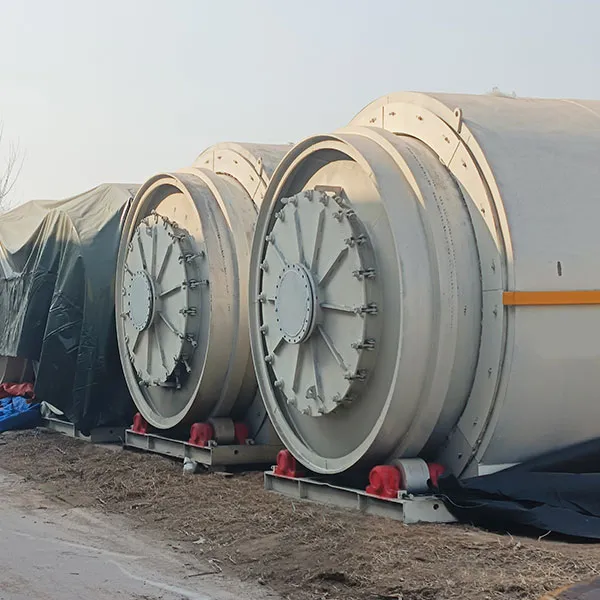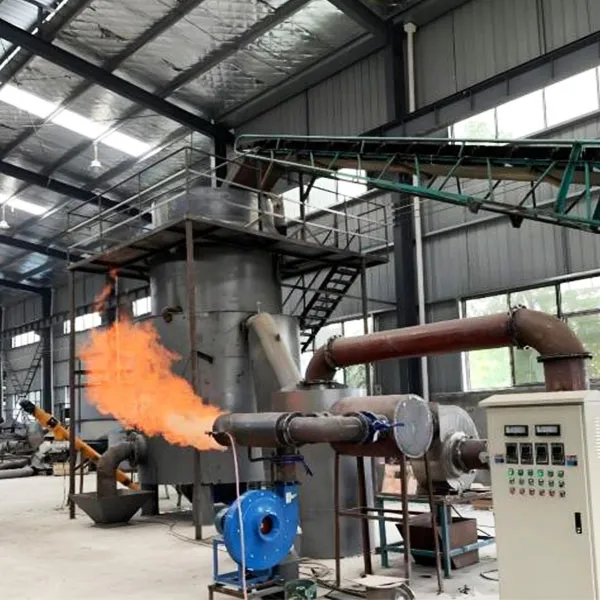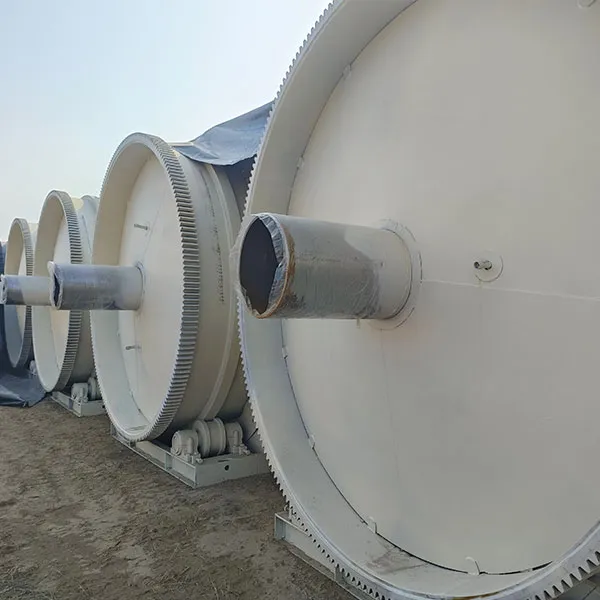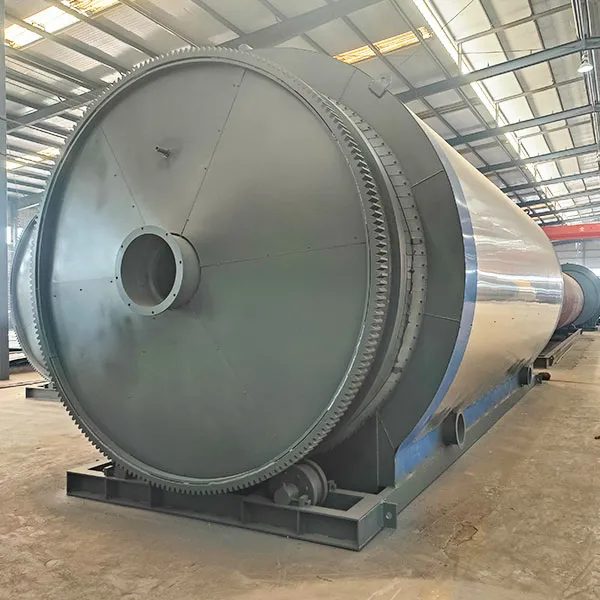What are the recycling methods for different plastics
2025-03-19 14:46:39
The recycling methods of different plastics vary according to their chemical properties and uses. The following are common recycling methods:
1. Mechanical recycling
●Applicable plastics: PE, PP, PS, PET, PVC, etc.
●Process: Plastic waste is sorted, cleaned, crushed, melted and granulated to make recycled plastics.
●Application: Used to make low-demand plastic products such as packaging materials, pipes, daily necessities, etc.
2. Chemical recycling
●Applicable plastics: PE, PP, PS, PET, PU, etc.
●Process: Plastics are decomposed into monomers or fuel oils by pyrolysis, catalytic cracking, hydrolysis, etc.
●Application: Used to produce new plastics or fuels.
3. Energy recovery
●Applicable plastics: All plastics that cannot be recycled mechanically or chemically
●Process: Plastic waste is incinerated and its heat is used to generate electricity or heat.
●Application: Used in power plants or heating systems.
4. Solvent recovery
●Applicable plastics: PS, PVC, etc.
●Process: Use a specific solvent to dissolve the plastic, separate the impurities and recover the pure plastic.
●Application: For recycling high-purity plastics, such as food packaging.
5. Biodegradation
●Applicable plastics: Bio-based plastics such as PLA and PHA.
●Process: Decompose plastics into water, carbon dioxide and biomass through microorganisms or enzymes.
●Application: For environmentally friendly packaging and disposable products.
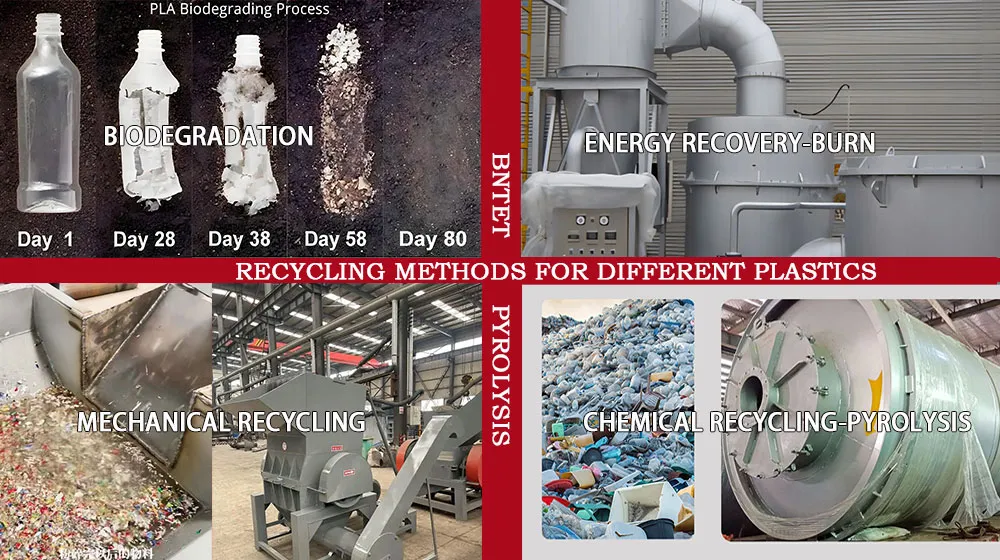
Specific plastic recycling methods
Polyethylene (PE)
Mechanical recycling: Cleaning, crushing, melting and re-granulation.
Chemical recycling: Pyrolysis to generate fuel oil or monomer.
Polypropylene (PP)
Mechanical recycling: Cleaning, crushing, melting and re-granulation.
Chemical recycling: Pyrolysis to generate fuel oil or monomer.
Polystyrene (PS)
Mechanical recycling: Cleaning, crushing, melting and re-granulation.
Chemical recycling: Pyrolysis to generate styrene monomer.
Solvent recycling: Recycling after dissolving with solvent.
Polyethylene terephthalate (PET)
Mechanical recycling: Cleaning, crushing, melting and re-granulation.
Chemical recycling: Hydrolysis or alcoholysis to generate monomer.
Polyvinyl chloride (PVC)
Mechanical recycling: cleaning, crushing, melting and re-granulation (special treatment is required).
Chemical recycling: pyrolysis to produce hydrogen chloride and hydrocarbons (special treatment is required).
Polyurethane (PU)
Mechanical recycling: crushed and used as filling material.
Chemical recycling: alcoholysis or hydrolysis to produce polyols and amines.
Polyamide (PA, nylon)
Mechanical recycling: cleaning, crushing, melting and re-granulation.
Chemical recycling: hydrolysis to produce monomers.
Polylactic acid (PLA)
Biodegradation: decomposition by microorganisms or enzymes.
Mechanical recycling: cleaning, crushing, melting and re-granulation.
| NO | Plastic | Features | Purpose |
| PE | Divided into LDPE: soft, transparent, good toughness, HDPE: high hardness, strength, wear resistance | LDPE: plastic bags, films, packaging films.HDPE: bottles, containers, drums |
| PP | Low density, excellent insulation performance | For food packaging, automotive parts, medical devices, household goods |
| PS | High transparency, chemical resistance | For transparent packaging, tableware, home appliance shells, toys, etc. |
| PET | High tensile strength, good barrier properties for O₂ and CO₂ | For beverage bottles, food packaging, fibers, etc. |
| PVC | Strong flame retardancy and excellent insulation performance | For pipes, cable insulation, flooring, window frames, etc. |
| PU | Outstanding mechanical properties, outstanding mechanical properties | For foams, coatings, adhesives, elastomers, etc. |
| PA | Mechanical properties, heat resistance | For textiles, gears, bearings, ropes, etc. |
| PLA | Bio-based, degradable, printable | For 3D printing, food packaging, disposable tableware, etc. |
Summary
The recycling methods of different plastics include mechanical recycling, chemical recycling, energy recovery, solvent recovery and biodegradation. The specific method depends on the type and use of plastics. Choosing the right recycling method can help improve resource utilization and reduce environmental pollution.










